The content of the article
Honey - according to the recognition of consumers and science, the product is useful, healing and the most demanded of the whole range of beekeeping, but only if it is natural. Lucky for those who have familiar beekeepers who have the opportunity to buy proven products. And what should an ordinary market buyer do, how to protect himself from a fake and be sure of its quality?
Varieties of honey
Often, sellers present cheap goods, for which there is no demand, as more popular and expensive. For this reason, one should have an idea of how to distinguish between themselves varieties of honey.
The color, aroma and taste of each variety depend primarily on the plant pollinated by bees immediately before production. But pure honey does not happen, because insects have a habit of flying from place to place, often changing even the terrain. However, in each variety, it is possible to determine which range of colors prevails.
Types and color of honey
Each of the species has its own external features and healing properties.
- Lime. It is recognized as the most useful in the fight against colds. Basically, it has a light amber color, can be yellowish and transparent.
- Buckwheat. It has a rich taste with light bitterness. Dark brown or dark yellow with a reddish tinge predominates.
- Forest. The color scheme ranges from light yellow to light brown.
- Lugovoi. It has light shades.
- Acacia. Honey from this plant is almost transparent. An exception is the candied state, when the color becomes almost white.
- Clover. Amber color with shades from light to rich and special aroma.
- Crimson. Only the shades of honey took not berries, but colors, so the product itself is in light colors.
Examination of honey for external signs
When buying honey, it is not possible to conduct any research, and the seller will not allow the use of additional substances to test their products, but you want to buy natural and high-quality goods. It remains only to learn to determine whether the honey is real, according to external signs.
- If there is foam with bubbles on the surface of the sweet product, this is a sign of fermentation, therefore, water is added to it. The content of natural honey contains wax, pollen and other inclusions of natural origin. Transparency and too clean appearance indicate that the product is artificial.
- When rubbed with fingers, natural honey should be absorbed into the skin.
- When tasting, you should feel its astringency, light burning, tingling in the mouth and sweetness in moderation. When the caramel’s sweetness and taste are felt, there is a possibility that the honey was “warmed up”. This technique is sometimes used to add presentability to the product, but useful properties are lost, and in some cases (depending on the heating temperature) the product can even be harmful.
- Natural honey has a unique fragrant aroma, and its artificial counterpart is odorless.
- Do not be alarmed when the beekeeping product is sugared. This is an indicator of naturalness, as it is subject to crystallization, in contrast to fakes. Knowledgeable customers do not always seek to purchase honey in liquid form, and its crystallization indicates excellent quality, which is the most reliable test.
Checking the bee product at home for additives
Maturity index for viscosity. Qualitative and mature is a product that has undergone certain processing by the bees, has reached a minimum degree of humidity and is sealed by them. Part of unscrupulous beekeepers, in pursuit of profit, begins pumping out honey, without waiting for the completion of the process and its maturity. As a result, the product is not intended for long-term storage, fermentation begins in it, and the taste and healing qualities are lost.
At home, a maturity test can be performed using a regular spoon, which should be scooped up a little honey and raised to form a wide, elastic trickle. It should drain continuously and settle down a hill, not spreading.
Again, with a spoon, we collect the result of bee labor, lift and scroll, holding horizontally, around the axis. Honey should not drain. This indicates his maturity. Otherwise, it will look like a liquid mass and will begin to blur on the surface.
Candied product began to be divided into liquid and crystallized parts - an indicator of immaturity.
Weight check. Honey is heavier than water. The average weight of 1 liter of honey is 1.4 kg minus the dishes. If this indicator is less, then a significant part of the water is present.
Simple ways to check the naturalness of honey
- Dissolve one teaspoon of honey in warm water and leave to stand for an hour. A fake bee product will leave sediment at the bottom of the glass or flakes floating on the surface.
- Put a little honey on a piece of paper and set it on fire. A quality product will remain unchanged on charred paper. The fake will turn brown in color like burnt sugar and leave a corresponding smell.
- An effective way to check the naturalness of honey and convenient even when buying on the market is a chemical pencil. In contact with moisture, it changes color, so lowering it into a bee product, you can easily determine if the real product is being sold to you or diluted with water with the addition of granulated sugar.
Sugar quite often is a component of a falsified product. Beekeepers recommend checking its presence at home in several ways.
- Dip some honey in hot milk - if it is a fake with the addition of burnt sugar, then it will curl.
- Tea with natural honey will color it dark; the fake will not change.
- Put a piece of bread crumb in a sweet and leave for 10-15 minutes. Hardened bread is a sign of quality, if it softens, then you have honey with sugar syrup. Doubtful quality and gives a white color, close to sugar.
- Put a little honey on moisture-absorbing paper and try to smudge it. If it turned out and there were wet traces - you can rest assured that the surrogate contains water or syrup.
- A simple way to check at home for naturalness is a procedure with a hot wire from stainless steel. Dip it in honey and take it out. The material at hand should be clean, if traces of the sticky mass remain - this is not a pure product.
- Authenticity is easy to determine by heating the honey poured in a spoon over the fire. The counterfeit will ignite, and the natural product will slightly char.
Definition of other additives
Often, a spoiled product needs to be sold by any means, and so that an uninformed buyer does not notice signs of poor quality, sellers go to various tricks. The quality of the presence of additives that are not characteristic of honey suffers, but acquires a presentation.
One of the determinants is iodine. It is enough to drop a few drops of it on a sweet product, and you can determine the presence of starch, added for density. As a result of a chemical reaction, the color changes to blue or blue. The more intense the color, the more foreign matter. In real honey, the hue does not change.
With the help of vinegar essence, added chalk is revealed. To do this, dilute a spoonful of product in 0.5 cups of water and drip vinegar. If there is a hiss of water, then there is chalk.
They also test for molasses. Mix 2 tablespoons of water and 1 tablespoon of honey and add a few drops of ammonia, shake. A change in the color of the solution to brown and the formation of the same precipitate indicate that there is still an additive.
And knowledge can also be useful as general information when honey is sugared. The process generally begins one or two months after collection. An exception is mustard honey, which can thicken after 5 days if left in an open container. The product from white acacia, on the contrary, remains in its original state for longer than six months, and if the jar is closed tightly - longer.
Unnatural honey can, in the best case, not bring any benefit to your health, and in the worst - can have a detrimental effect on it. So do not neglect the check, at least the minimum.
Video: how to determine the quality of honey at home

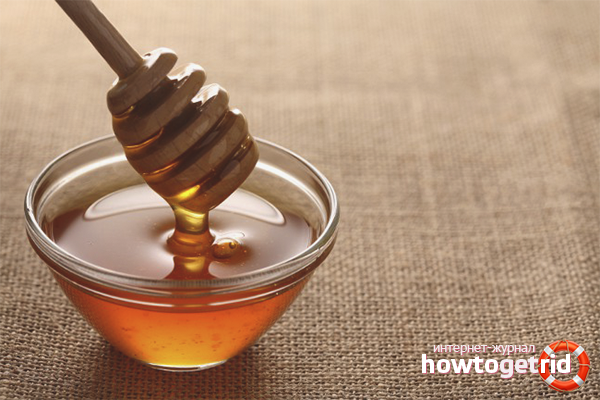
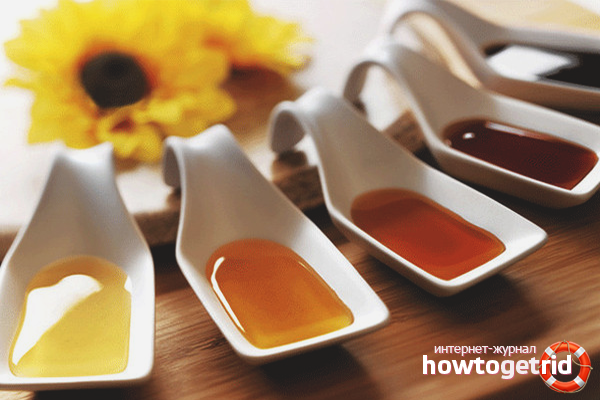
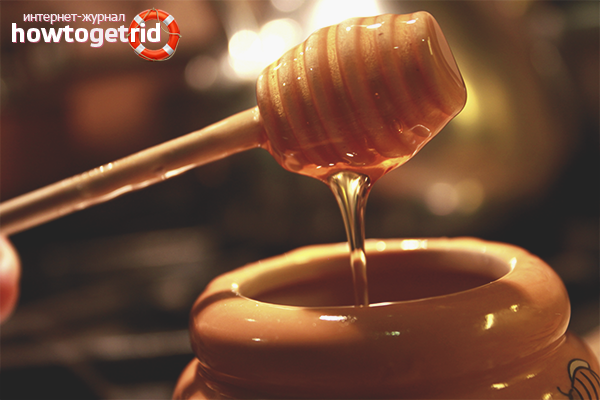


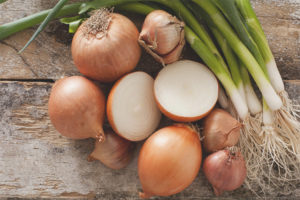
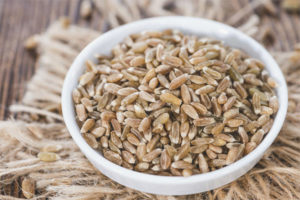
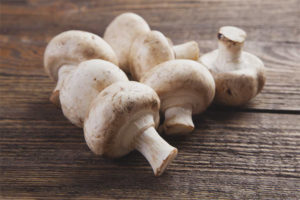
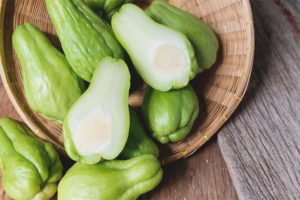
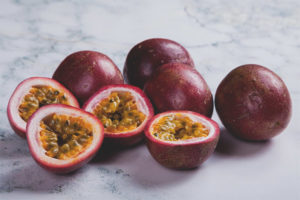
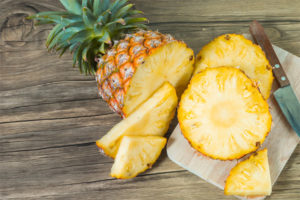
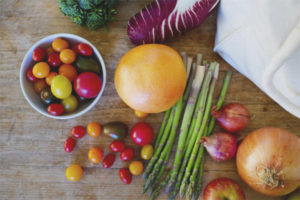
Submit